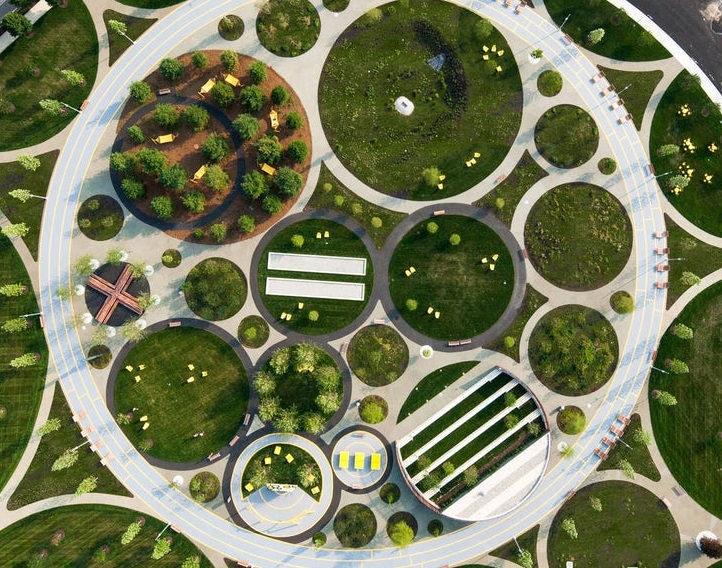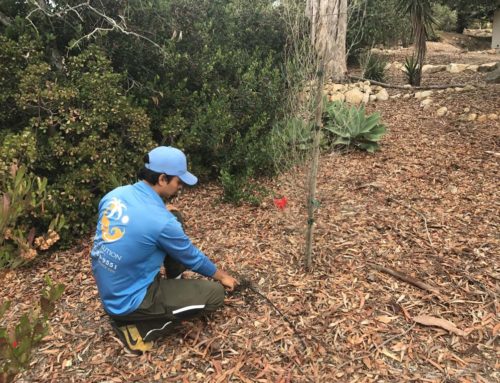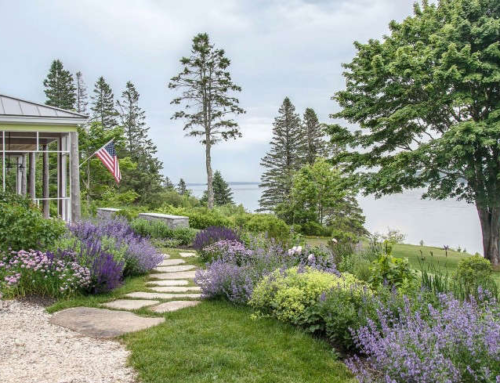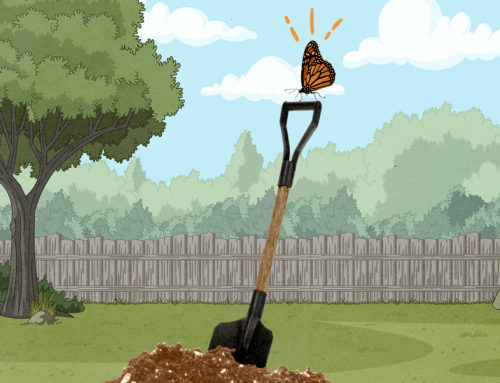Low Maintenance Landscaping
. Low maintenance landscaping to one person might mean that a professional crew comes to maintain the lawn and beds weekly. On the other end of the spectrum, it could be a budget-friendly selection of just a few plants that require very little intervention by anyone, professional or amateur, to keep things looking nice.
It’s important, therefore, for the property owner to understand what kind of low maintenance landscape they are asking for during that first consultation with a designer. There are several styles that lend themselves well to varying levels of upkeep:
- This is the bare-bones, I-don’t-need-much type of landscape that will appeal to the homeowner who is short on time, money, and maybe space. This style calls for small, compact plants that behave themselves without too much pruning or shearing, and just a few at that. Cactuses and other succulents, as well, keep to themselves nicely and add interest. Boulders and beds of aggregate material are ideal for the minimalist landscape as they obviously require nothing but a good place to sit.
- Untamed and beautiful.Homeowners who prefer a little buffering or lushness in their outdoor spaces might do well to use a lot of ornamental grasses or looser, more rustic selections of shrubs and hardy perennials. Grasses can grow tall (or stay low), move delicately in the wind, and even provide awesome color and texture throughout the season.
LANDSCAPE DESIGN – SANTA BARBARA
When it comes to creating a landscape, homeowners generally fall into two categories: those who itch to start putting plants into the ground themselves and those who recognize a need to hire out the work. Just as it wouldn’t be wise to …
Cutting back once a year and dividing them every few years is hardly a chore when it’s all these plants really need. Add boulders to this style, too, to really complete the look.
3. Native and sustainable.Usually the plants that can tolerate the most extreme conditions of your region are the natives that have adapted to those conditions over a very long period of time. This is a great opportunity to explore water-wise landscaping, too, as well as plant selections that require little fertilization, deadheading, and cutting back.
Pollinator gardens, biocells, and native prairies not only give back to the environment and local wildlife, but they are also rather forgiving when yardwork isn’t a top priority. Whatever suits your tastes best (or even if it’s a combination), when you’ve enlisted the help of a design professional, make sure to understand and communicate your level of ability for landscape maintenance.







Leave A Comment
You must be logged in to post a comment.